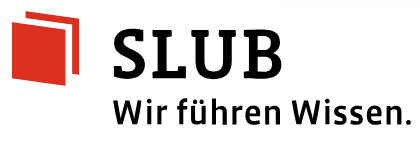Information on our Peer-Review-Procedure
After submitting your article
All submitted articles are checked by the editors before further processing. In addition to formal criteria (anonymization, formatting according to the style sheet, completeness of the submitted documents), compliance with the criteria formulated in the editorial guidelines is taken into account (initial submission, compliance with the content orientation of the journal, criteria of good scientific practice and research ethics aspects).
Procedure of the peer review
Research articles and methodological reflections are reviewed in a double-blind peer review process. The submitted articles are assessed anonymously by two people who have been asked by the editors to review them on the basis of their professional expertise. If necessary, the editors may also consult other experts. When selecting reviewers, care is taken to ensure that there are no conflicts of interest (https://cope.onl/coi-2). In case of doubt, the editors assign the review elsewhere.
The reviewers then provide feedback in the form of a review form on acceptance or rejection or on any necessary revisions. In addition to the formal characteristics, the quality of the theoretical framework, the clarity of the research question, a well-developed methodology, the comprehensibility of the results, the discussion of the results and the reference to music education are assessed. An appropriate approach to the rules of scientific work and aspects of research ethics is assumed.
On this basis, the editors will forward a summary of the comments and feedback as well as any comments on the manuscript to the authors. After revising the article, a new review can be carried out if necessary; if necessary, other editors and appropriately qualified members of the advisory board can also be involved in the review process. If possible, the reviews should remain anonymous.
The editors decide on the further publication process by simple majority on the basis of the reviews. After positive completion of the review process, the manuscripts undergo a digitization process. The reviews themselves are not published; the reviewers should remain anonymous even after publication. Texts from the editorial team are also subject to the same rules, although the principle of "double-blind" cannot always be fully adhered to here.
Reviews, methodological contributions and conference reports do not undergo a review process, but are checked by the editorial team. Here too, revisions may be necessary and possible.


